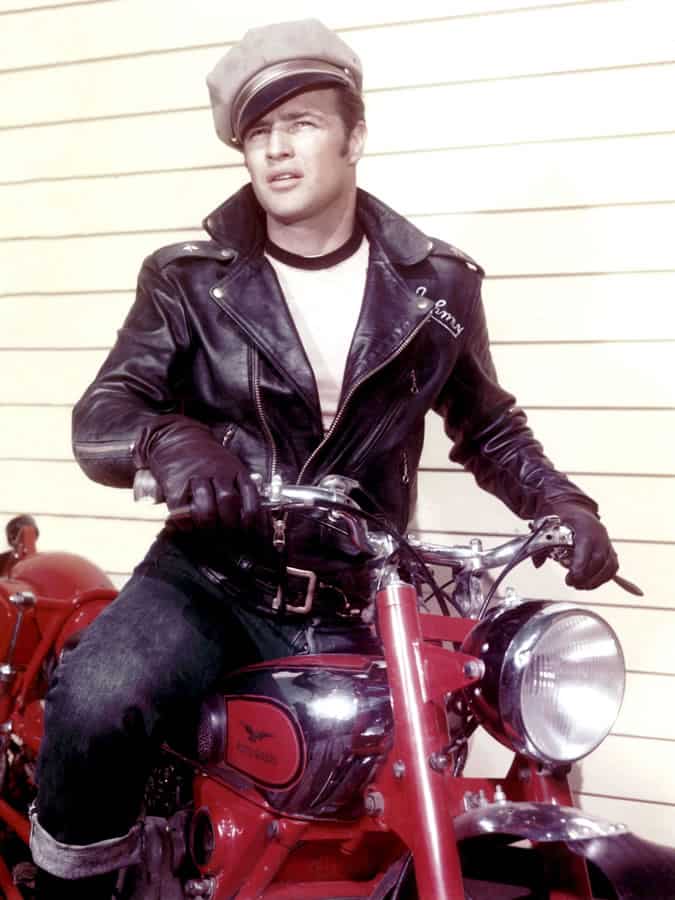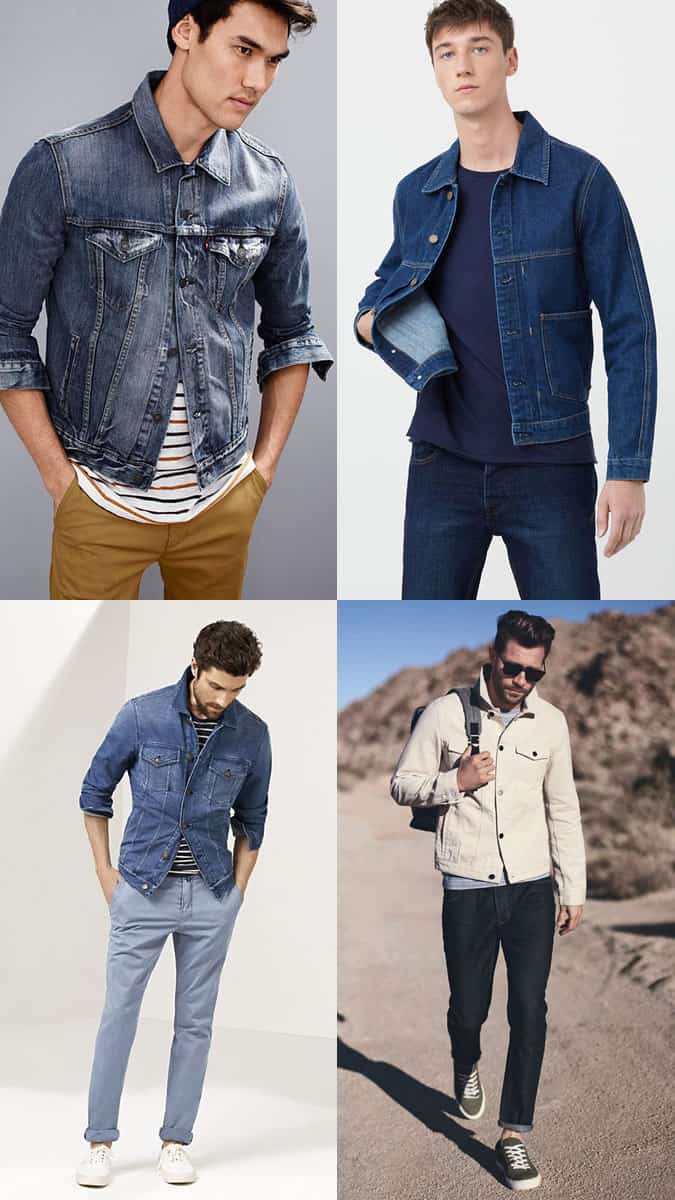6 Casual Dress Guidelines All Men Should Abide By
It’s not difficult to look good in a suit. If you’ve got the money and an experienced tailor who knows what he or she is doing, then you can’t really fail. Simply hand over your cash, listen to their sartorial know-how, and allow them to stitch you something that’s made to flatter the contours of your body. All you have to do is tie your tie.
But, things are not so easy with casual dress. A suit is a uniform that complements itself, but there is no such copout with casual dress – you have to mix and match different garments on your own, and there is no tailor to hide behind.
For so long, the suit was the default attire for men. But now, with fewer people having to wear them for work – one in ten people now wear one to work according to one survey – they are focusing more time and spending more money on their casual clothing. But where to start? There are numerous business casual and smart casual dressing guides out there, but what about looking good when dress codes don’t apply?
A History Of Keeping It Casual
Casual dress for men can be traced back to that most stylish of decades, the 1950s. The war was over, and teenagers in the UK and America wanted a something different, a life that contrasted with the austerity of conflict and the boredom of the corporate world. So, suits and the stuffiness or formal clothing were out, and jeans, freedom and rock ’n’ roll were in.
Films such as Rebel Without A Cause and The Wild One had a significant impact, and music stars such as Elvis Presley and Little Richard only further cajoled the original youthquake. The new mood was one of excitement and passion, rather than suppression and rations, and the anti-establishment uniform of jeans, T-shirt and leather jacket best encapsulated this.
 Marlon Brando in The Wild One (1953)
Marlon Brando in The Wild One (1953)
The biggest style takeaway from this period, and one that will likely always influence the way we dress is denim, and specifically denim jeans. While they were invented as part of a uniform for gold miners on the west coast of America around the turn of the 20th century, they were reborn in the ‘50s as a staple of casual, anti-conformist dress. Since then, in every decade they’ve formed the backbone of casual attire, whether bleached and flared in the ‘70s, high-waisted in the ‘80s, acid washed in the ‘90s or skin tight in the ‘00s.






















